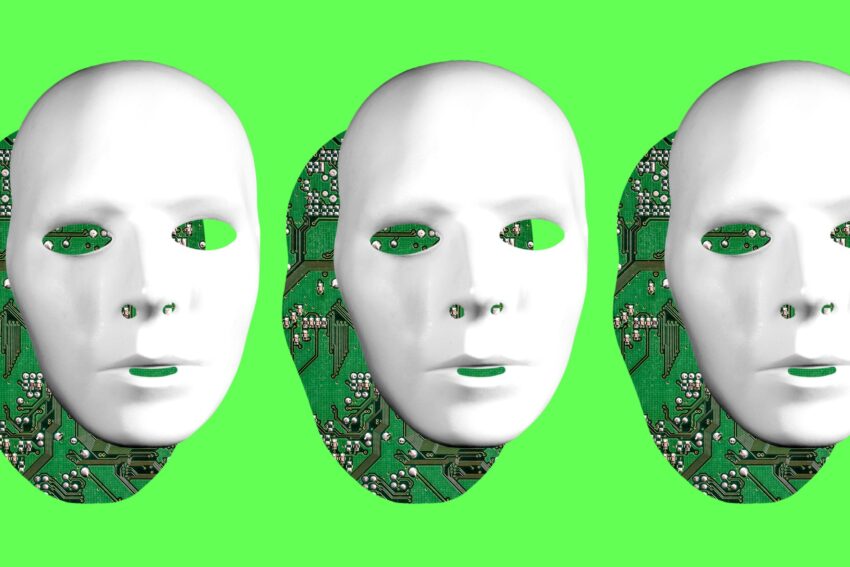
youtube s ai likeness detection tool is YouTube has introduced a new AI detection feature aimed at helping creators identify and report unauthorized uploads that utilize their likeness.
youtube s ai likeness detection tool is
Overview of the New AI Detection Feature
Starting today, creators in YouTube’s Partner Program can access a groundbreaking AI detection tool designed to combat the unauthorized use of their likeness in videos. After verifying their identity, creators can review flagged content in the Content Detection tab on YouTube Studio. If they find a video that appears to be unauthorized or AI-generated, they can submit a request for its removal.
This feature represents a significant step in YouTube’s ongoing efforts to protect creators’ intellectual property and personal brand. The first wave of eligible creators received notifications via email this morning, and the rollout will continue over the next few months, expanding access to more creators across the platform.
Functionality and Limitations
While the tool is designed to help creators manage their likeness online, YouTube has cautioned early users that the feature is still in development. In a guide provided to creators, the platform noted that the tool “may display videos featuring your actual face, not altered or synthetic versions.” This means that clips of a creator’s own content could be flagged, potentially leading to confusion.
The likeness detection tool operates similarly to YouTube’s existing Content ID system, which is used to identify copyrighted audio and video content. This similarity suggests that the technology behind the likeness detection feature is built on a robust foundation of AI algorithms that can analyze visual data effectively.
Background and Development
YouTube first announced the development of this feature last year, highlighting its commitment to addressing the challenges posed by AI-generated content. The initial testing phase began in December through a pilot program in collaboration with the Creative Artists Agency (CAA), which represents numerous high-profile talent. This partnership allowed YouTube to refine the technology with input from some of the world’s most influential figures.
In a blog post from that time, YouTube stated, “Through this collaboration, several of the world’s most influential figures will have access to early-stage technology designed to identify and manage AI-generated content that features their likeness, including their face, on YouTube at scale.” This statement underscores the platform’s proactive approach to safeguarding creators’ rights in an era where AI-generated content is becoming increasingly prevalent.
Implications for Content Creators
The introduction of the likeness detection tool has significant implications for content creators. As AI technology continues to evolve, the potential for misuse increases, making it crucial for creators to have the means to protect their image and brand. Unauthorized use of a creator’s likeness can lead to reputational damage, loss of revenue, and confusion among fans.
By providing creators with the ability to flag and report unauthorized content, YouTube is empowering them to take control of their online presence. This feature not only helps protect individual creators but also reinforces the integrity of the platform as a whole. As more creators utilize this tool, it is likely to foster a safer environment for content creation and consumption.
Broader Context of AI in Content Creation
YouTube and Google are not alone in their efforts to address the challenges posed by AI in content creation. Many tech firms are actively developing AI video generation and editing tools, recognizing the transformative potential of this technology. However, with innovation comes responsibility, and platforms must navigate the ethical implications of AI-generated content.
In March, YouTube announced additional measures to manage AI-generated content. The platform began requiring creators to label uploads that include content generated or altered using AI. This policy aims to promote transparency and ensure that viewers are aware of the nature of the content they are consuming.
Moreover, YouTube implemented a strict policy regarding AI-generated music that mimics an artist’s unique singing or rapping voice. This move reflects the platform’s commitment to protecting the rights of musicians and ensuring that their work is not exploited without consent.
Stakeholder Reactions
The introduction of the likeness detection tool has garnered mixed reactions from stakeholders within the creator community. Many creators have expressed optimism about the new feature, viewing it as a necessary step toward safeguarding their likeness and intellectual property. They appreciate YouTube’s proactive approach to addressing the challenges posed by AI-generated content.
However, some creators have raised concerns about the potential for false positives. The warning from YouTube regarding the tool’s current limitations has led to apprehension among creators who fear that legitimate content may be flagged erroneously. This could result in unnecessary disputes and complications for creators who are simply sharing their own work.
Additionally, there are concerns about how effectively the tool will function in practice. While the technology is promising, its success will ultimately depend on its ability to accurately differentiate between authorized and unauthorized content. Creators are eager to see how the tool evolves and whether it can adapt to the rapidly changing landscape of AI-generated media.
The Future of AI and Content Creation
The introduction of the likeness detection tool is just one aspect of a broader trend in the content creation landscape. As AI technology continues to advance, it is likely that we will see further developments aimed at addressing the challenges posed by AI-generated content. The ongoing dialogue surrounding the ethical implications of AI in creative fields will be crucial as stakeholders navigate this evolving landscape.
As more creators adopt AI tools for content creation, the need for effective management and protection mechanisms will become increasingly important. YouTube’s efforts to implement features like the likeness detection tool reflect a growing recognition of this need. The platform’s commitment to safeguarding creators’ rights is essential in fostering a healthy ecosystem for content creation.
Conclusion
YouTube’s new AI likeness detection tool represents a significant advancement in the platform’s efforts to protect creators from unauthorized use of their likeness. As the feature rolls out to more creators, it will be essential to monitor its effectiveness and address any challenges that arise. The ongoing evolution of AI technology in content creation necessitates a proactive approach to safeguarding intellectual property and ensuring that creators can thrive in an increasingly complex digital landscape.
Source: Original report
Was this helpful?
Last Modified: October 22, 2025 at 4:39 am
1 views















